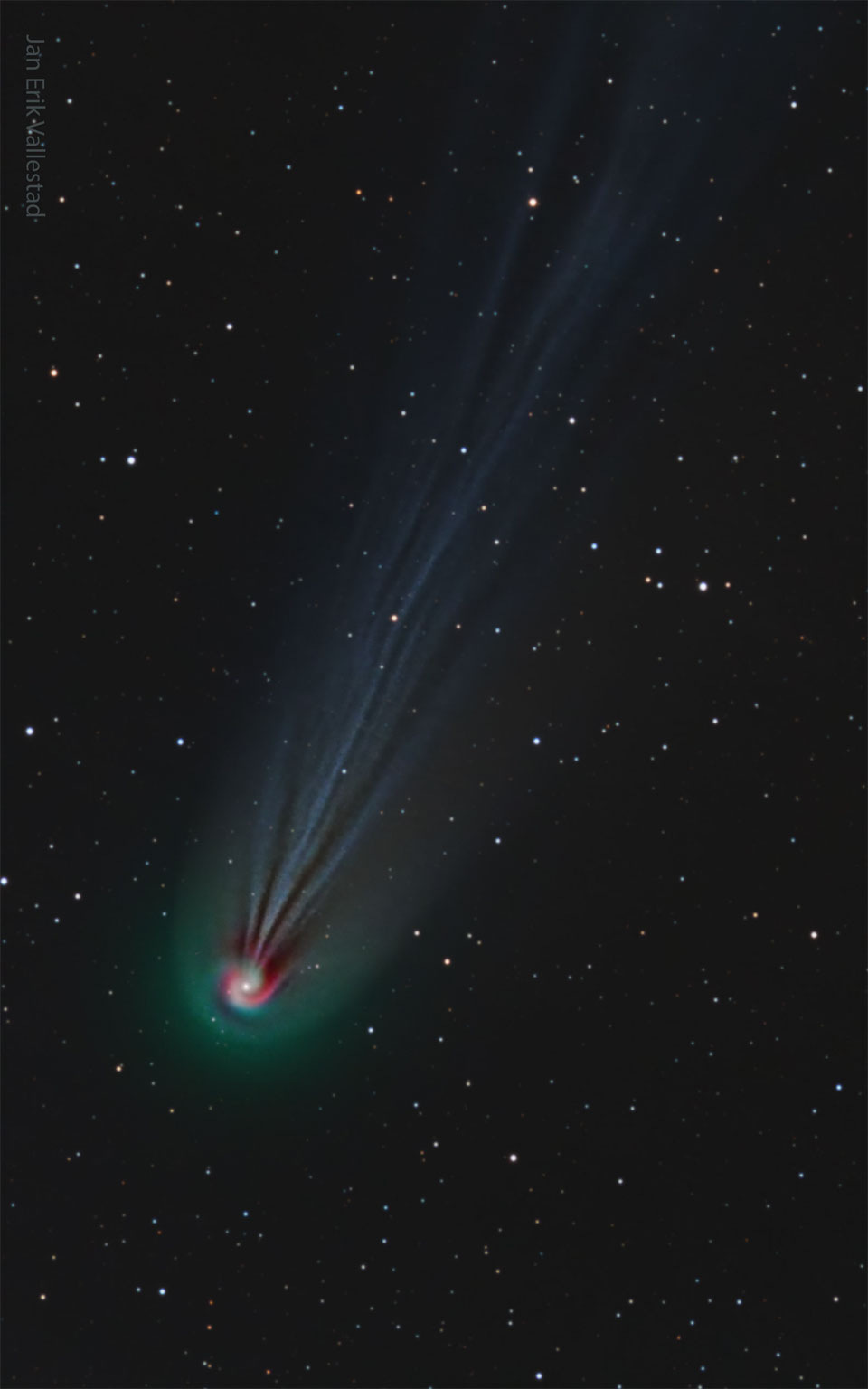
Nombre total de pages vues
19/03/2024
SANTé/MEDECINE - Cancer du sein - Attention à un gonflement autour de l’aisselle ou du sein

ASTRONOMY - A Picturesque Equinox Sunset
2024 March 19
Image Credit & Copyright: Alan Dyer, Amazingsky.com, TWAN
Explanation: What's that at the end of the road? The Sun. Many towns have roads that run east-west, and on two days each year, the Sun rises and sets right down the middle. Today, in some parts of the world (tomorrow in others), is one of those days: an equinox. Not only is this a day of equal night ("aequus"-"nox") and day time, but also a day when the sun rises precisely to the east and sets due west. Displayed here is a picturesque rural road in Alberta, Canada that runs approximately east-west. The featured image was taken during the September Equinox of 2021, but the geometry remains the same every year. In many cultures, this March equinox is taken to be the first day of a season, typically spring in Earth's northern hemisphere, and autumn in the south. Does your favorite street run east-west? Tonight, at sunset, you can find out with a quick glance.
18/03/2024
SANTé/MEDECINE - Le fonctionnement de l'oeil humain - L'iris, la partie colorée de l'œil

SANTé/MEDECINE - Cancer du sein : attention à ces 5 symptômes - Un écoulement du mamelon

ASTRONOMY - Comet Pons-Brooks' Swirling Coma
2024 March 18
Image Credit & Copyright: Jan Erik Vallestad
Explanation: A bright comet will be visible during next month's total solar eclipse. This very unusual coincidence occurs because Comet 12P/Pons-Brooks's return to the inner Solar System places it by chance only 25 degrees away from the Sun during Earth's April 8 total solar eclipse. Currently the comet is just on the edge of visibility to the unaided eye, best visible with binoculars in the early evening sky toward the constellation of the Fish (Pisces). Comet Pons-Brooks, though, is putting on quite a show for deep camera images even now. The featured image is a composite of three very specific colors, showing the comet's ever-changing ion tail in light blue, its outer coma in green, and highlights some red-glowing gas around the coma in a spiral. The spiral is thought to be caused by gas being expelled by the slowly rotating nucleus of the giant iceberg comet. Although it is always difficult to predict the future brightness of comets, Comet Pons-Brook has been particularly prone to outbursts, making it even more difficult to predict how bright it will actually be as the Moon moves in front of the Sun on April 8.
17/03/2024
SANTé/MEDECINE - IRM montrant des yeux globuleux
SANTé/MEDECINE - Cancer du sein : attention à ces 5 symptômes - Une peau squameuse et sèche autour du mamelon

ASTRONOMY - NGC 7714: Starburst after Galaxy Collision
2024 March 17
Image Credit: NASA, ESA, Hubble Legacy Archive;
Processing & Copyright: Rudy Pohl
Explanation: Is this galaxy jumping through a giant ring of stars? Probably not. Although the precise dynamics behind the featured image is yet unclear, what is clear is that the pictured galaxy, NGC 7714, has been stretched and distorted by a recent collision with a neighboring galaxy. This smaller neighbor, NGC 7715, situated off to the left of the frame, is thought to have charged right through NGC 7714. Observations indicate that the golden ring pictured is composed of millions of older Sun-like stars that are likely co-moving with the interior bluer stars. In contrast, the bright center of NGC 7714 appears to be undergoing a burst of new star formation. The featured image was captured by the Hubble Space Telescope. NGC 7714 is located about 130 million light years away toward the constellation of the Two Fish (Pisces). The interactions between these galaxies likely started about 150 million years ago and should continue for several hundred million years more, after which a single central galaxy may result.
16/03/2024
SANTé/MEDECINE - La résonance magnétique révèle les vaisseaux du cerveau

SANTé/MEDECINE - HISTOIRE - L'autopsie du corps humain durant la Renaissance
ASTRONOMY - The Observable Universe
2025 November 23 The Observable Universe Illustration Credit & Licence : Wikipedia , Pablo Carlos Budassi Explanation: How far can ...

-
2022 September 26 All the Water on Planet Earth Illustration Credit: Jack Cook, Adam Nieman, Woods Hole Oceanographic Institution ; Data ...
-
2025 May 11 The Surface of Venus from Venera 14 Image Credit: Soviet Planetary Exploration Program , Venera 14 ; Processing & Copyri...




